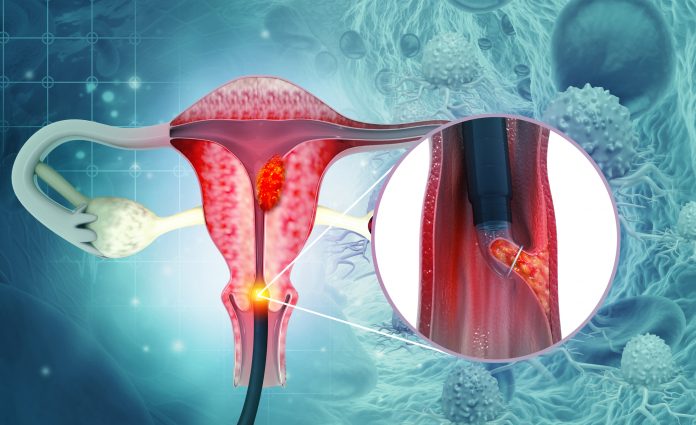
A California study of women diagnosed with cervical cancer, finds that about 20% of new cases were in women 65 and older. The study, published in Cancer Epidemiology, Biomarkers & Prevention revealed that more older women were diagnosed with late-stage disease than younger women.
Current guidelines from the American Cancer Society, the US Preventive Services Task Force, and the American College of Obstetricians and Gynecologists all recommend that women 65 and over should no longer receive cervical cancer screening if a series of prior tests were normal. “But we know that many women in the US—about 23% of women over the age 18—are not getting screened as recommended by the guidelines,” said lead author Julianne Cooley, senior statistician at the University of California, Davis.
In the current study, the UC Davis team reviewed information from the California Cancer Registry, which has collected cancer incidence and patient demographic, diagnostic, and treatment information since 1988. They first identified 12,442 women 21 years and older who were diagnosed with a first primary cervical cancer in California from 2009-2018.
Nearly one-fifth of the women in the registry were over age 65 (2,171 women). Of these, the majority were diagnosed with late-stage disease (71%) compared with younger women (48%).
“And we saw that overall 5-year survival for the women over 65 was very poor compared with younger women with cervical cancer,” said Cooley, referring to the 23.2% to 36.8% survival rates for older women compared with 41.5% to 51.5% for women under 65.
The study also revealed that each increasing year of age was associated with late-stage cervical cancer diagnosis. To capture the impact of patient comorbidities, the team used a modified Charlson comorbidity score, a weighted index of 16 comorbid conditions, not including cancer. Along with age, the factors associated with late-stage diagnosis included two or more comorbidities. Comorbidities increase with age and can result in a delayed diagnosis because of distraction from other health issues, the authors wrote, and worse survival may also result from less aggressive treatments in women older than 65.
Their analysis found that other influences, such as year of diagnosis, marital status, health insurance, neighborhood socioeconomic status, and urbanicity, were not shown to be significantly associated with late-stage cervical cancer.
Prior studies of younger women have found increased late-stage cervical cancer diagnoses among young Hispanic/Latina and Black women, according to Cooley, but this study found that older Hispanic/Latina women were less likely than non-Hispanic white women to be diagnosed late-stage.
“Because women aren’t getting screened as they should with Pap and/or HPV tests, this leaves many women vulnerable to a cervical cancer diagnosis,” said Cooley, “And the proportion of women who are not getting screened as they should be increases as women get older. So a lot of women stop being screened at 65 but they did have a sufficient history of regular tests.” A 2021 study from researchers from Boston University found that as many as 58% of women of 64 to 66-years-old in a national database failed to meet the criteria to exit screening.
The paper’s authors stress that caregivers should focus on the past screening history of women to see if they were screened at all or if they followed up on any abnormal test results.
“We know cervical cancer can be prevented with screening and that it can detect Stage 1 cancer which has excellent survival,” added Cooley, who recommends that if a woman is over 65 and doesn’t know if she met the exit criteria for screening—or she’s fairly sure she hasn’t—to get a catch-up test.
Outside of the US, less-intrusive methods of HPV testing, such as urine collection or self-vaginal swab have been shown to be accurate and a good alternative to speculum-based exams. Said Cooley, “If that were widely available in the US, it is possible more women would adhere to the screening criteria.”













